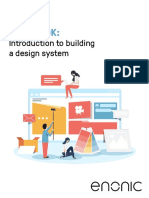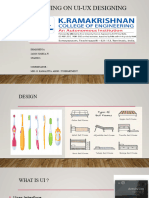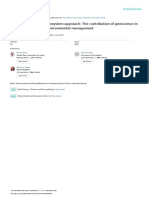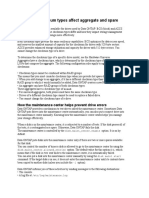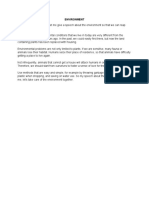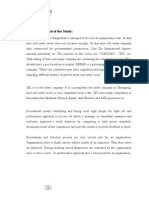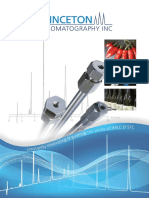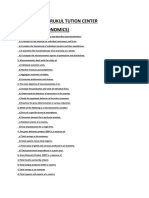0% found this document useful (0 votes)
9 views6 pagesDesign Systems and Text Styles
The document outlines the concept of design systems, which are collections of reusable components and standards for managing design at scale. It highlights various design systems used by major companies, such as Material Design by Google and Fluent UI by Microsoft, and discusses elements of visual design, typography, color usage, and text styling. Additionally, it provides resources and guidelines for effective UI design and typography hierarchy.
Uploaded by
Izza AliCopyright
© © All Rights Reserved
We take content rights seriously. If you suspect this is your content, claim it here.
Available Formats
Download as DOCX, PDF, TXT or read online on Scribd
0% found this document useful (0 votes)
9 views6 pagesDesign Systems and Text Styles
The document outlines the concept of design systems, which are collections of reusable components and standards for managing design at scale. It highlights various design systems used by major companies, such as Material Design by Google and Fluent UI by Microsoft, and discusses elements of visual design, typography, color usage, and text styling. Additionally, it provides resources and guidelines for effective UI design and typography hierarchy.
Uploaded by
Izza AliCopyright
© © All Rights Reserved
We take content rights seriously. If you suspect this is your content, claim it here.
Available Formats
Download as DOCX, PDF, TXT or read online on Scribd
/ 6








